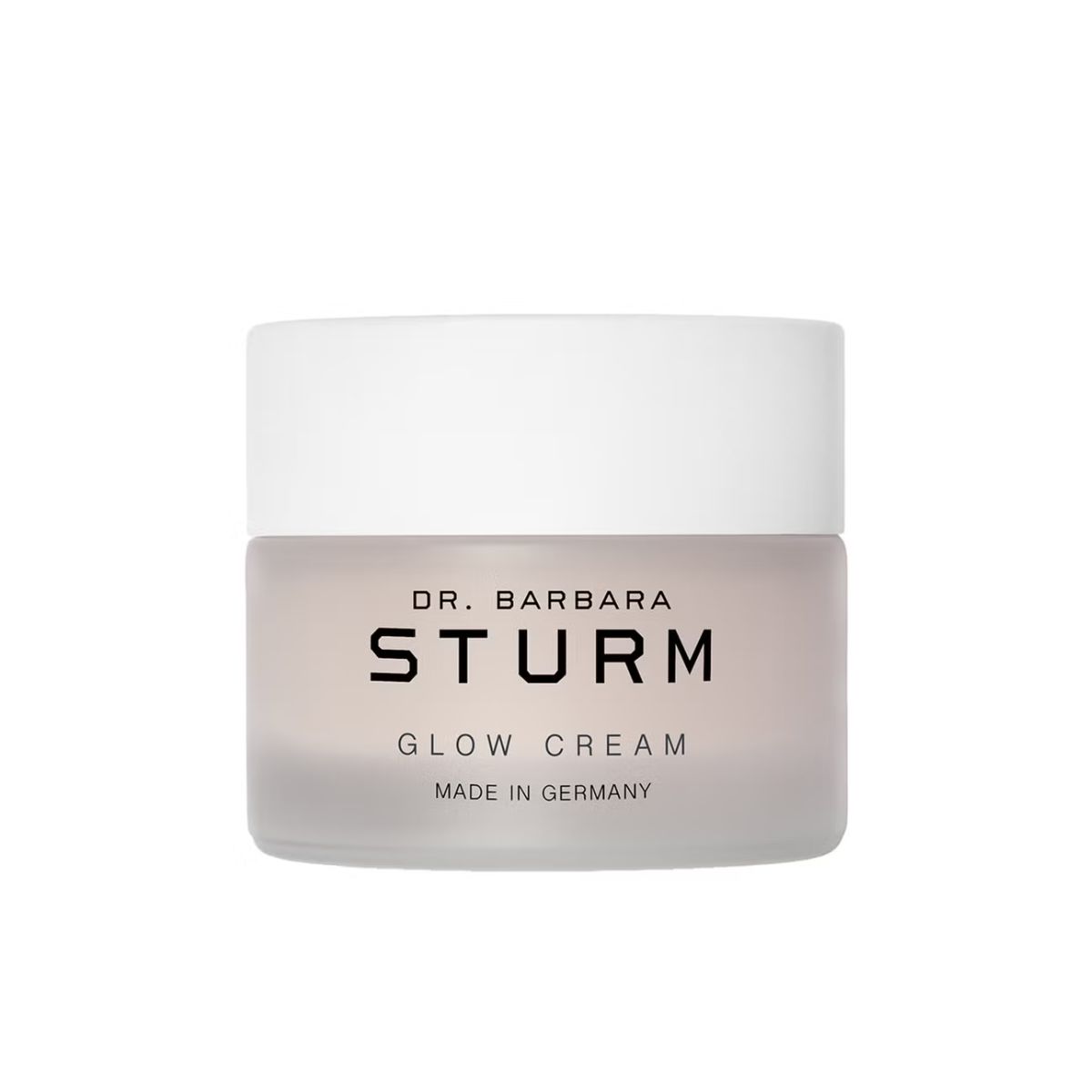Make-up Artists Swear by Contouring to Lift and Define Mature Skin—Here’s How To Do It
Subtle sculpting technique
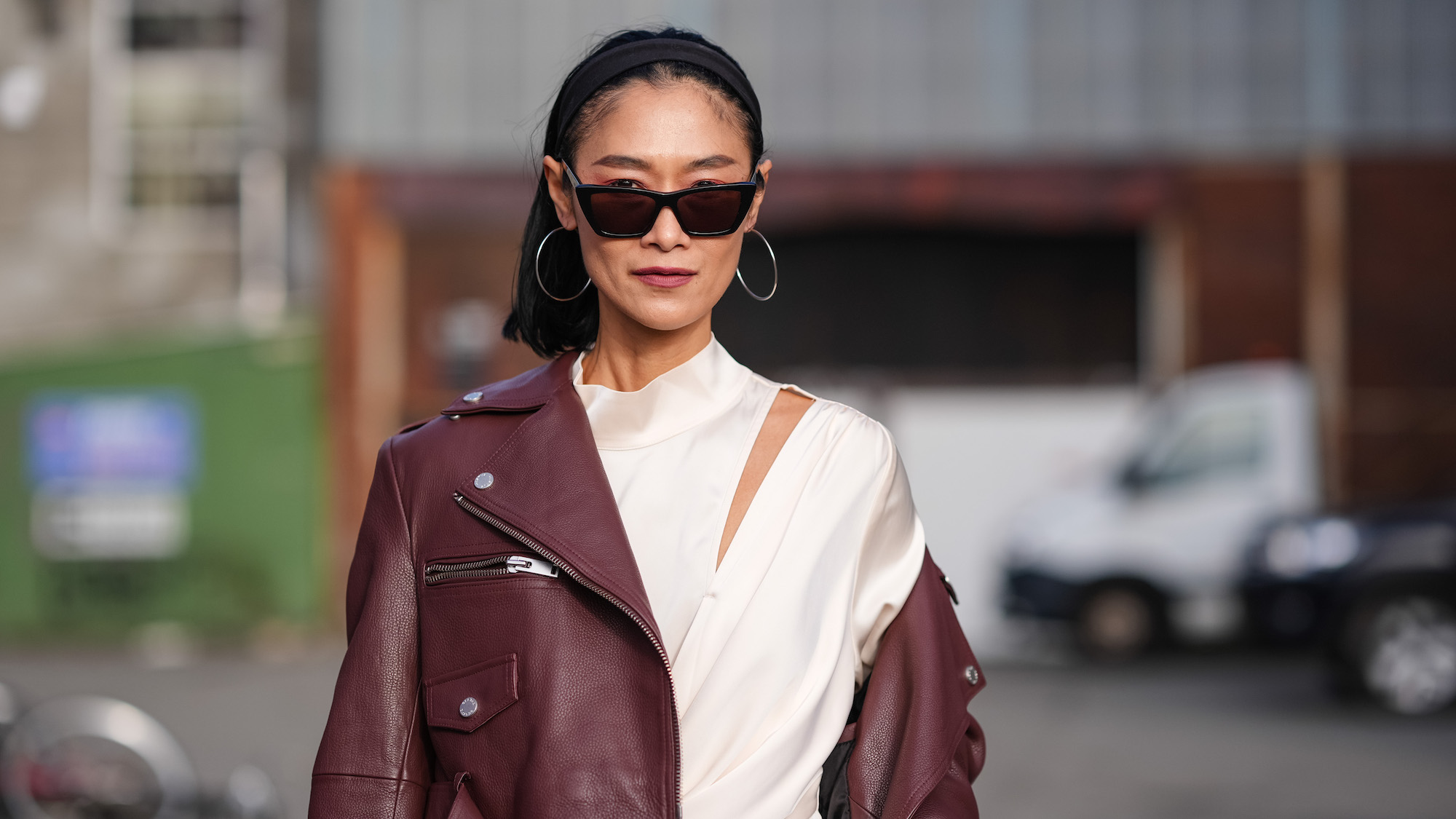

There’s no denying that over the last few years, pared-back make-up has been where it’s at when it comes to trending looks. Whether that’s sheer, sheeny eyeshadows, dewy blush or ‘tired girl’ makeup, which makes your dark circles centre stage, the more high-maintenance looks of the 2010s feel like a distant memory. Which is why when contouring made a triumphant return to the catwalks and red carpets this year, we were pleasantly surprised. This time around, however, the face-sculpting technique is less about hyper definition and a quest for perfection and more about subtly defining and enhancing what’s already there.
For those with mature skin, this shift makes perfect sense. Of course, skin evolves as we grow older, with texture changing, our face shape softening and less of that natural lift and plumpness in the skin. And naturally, that means the way that the light hits our face changes too—so embracing modern contouring techniques makes perfect sense. Rather than aiming for harsh contrast and stark definition (think the Kardashians circa 2011), contouring for mature skin is all about intelligent product placement and textures that melt into the complexion to create lift and warmth where you want it and to illuminate your face’s natural structure rather than totally change it.
A post shared by Rokael Lizama (@rokaelbeauty)
A photo posted by on
“If you can get into the habit of doing a subtle contour each day, then you will really see the difference it can make,” says celebrity make-up artist Tania Grier. “Contouring mature skin can really lift the cheekbones and brows, change the shape of your forehead and define your jawline. Some people try to do this with surgery or fillers, but it’s amazing how much you can do with make-up alone.”
Ahead, we break down the best (and easiest) techniques for contouring mature skin as well as the products to use.
How to contour mature skin
As with most make-up techniques, the skin prep is key for perfecting your contour technique—especially with mature skin, which tends to be more prone to dryness and dehydration. Grier recommends maintaining a gentle exfoliation routine once or twice a week and then prepping skin with a hardworking moisturiser.
“You’re looking for something with long-lasting hydration and skin barrier protection, but something that tackles pigmentation, boosts radiance and promotes collagen renewal also makes sense,” Grier explains. Plus, don’t forget your lips! “It’s tricky to contour using lip liner on dry and cracked lips, so make sure you use a lip balm on them to smooth and sufficiently hydrate,” she says.
Now, onto the contouring itself. “The goal is really to enhance what is already there,” says Grier. “If someone already has prominent cheekbones, for instance, I will focus somewhere else.” Typically, though, when contouring, you’re focusing on applying product beneath the cheekbones and along the jawline to sculpt, as well as places like the brow bones, bridge of the nose and temples to lift and define. “Use baby steps,” advises Grier. “It’s best to start with minimal product and build up, as it’s easier to add than wipe off. And it’s important to get the right shade too—look for one that’s just a little deeper than your natural skin tone rather than anything too dark.”
Celebrity news, beauty, fashion advice, and fascinating features, delivered straight to your inbox!
A post shared by Nikki_Makeup (@nikki_makeup)
A photo posted by on
For mature skin, the best formulas to opt for are undoubtedly creams, which will help to lock in hydration and add light and glow. “Faces with more life experience will benefit from products that are sheer, subtle and not too pigmented—nothing too matte or heavy,” says Grier. “Bronzers can replace a contour stick as you might find this easier to use, and I’d avoid too much shimmer, which can sit in fine lines.” And while a good make-up brush might work well for precisely applying products—Grier rates the Kevyn Aucoin Duet Contour Brush—but fingers might be best. “Using fingers is a really brilliant way to blend in contouring products for a natural finish,” she explains.
Best products for contouring mature skin
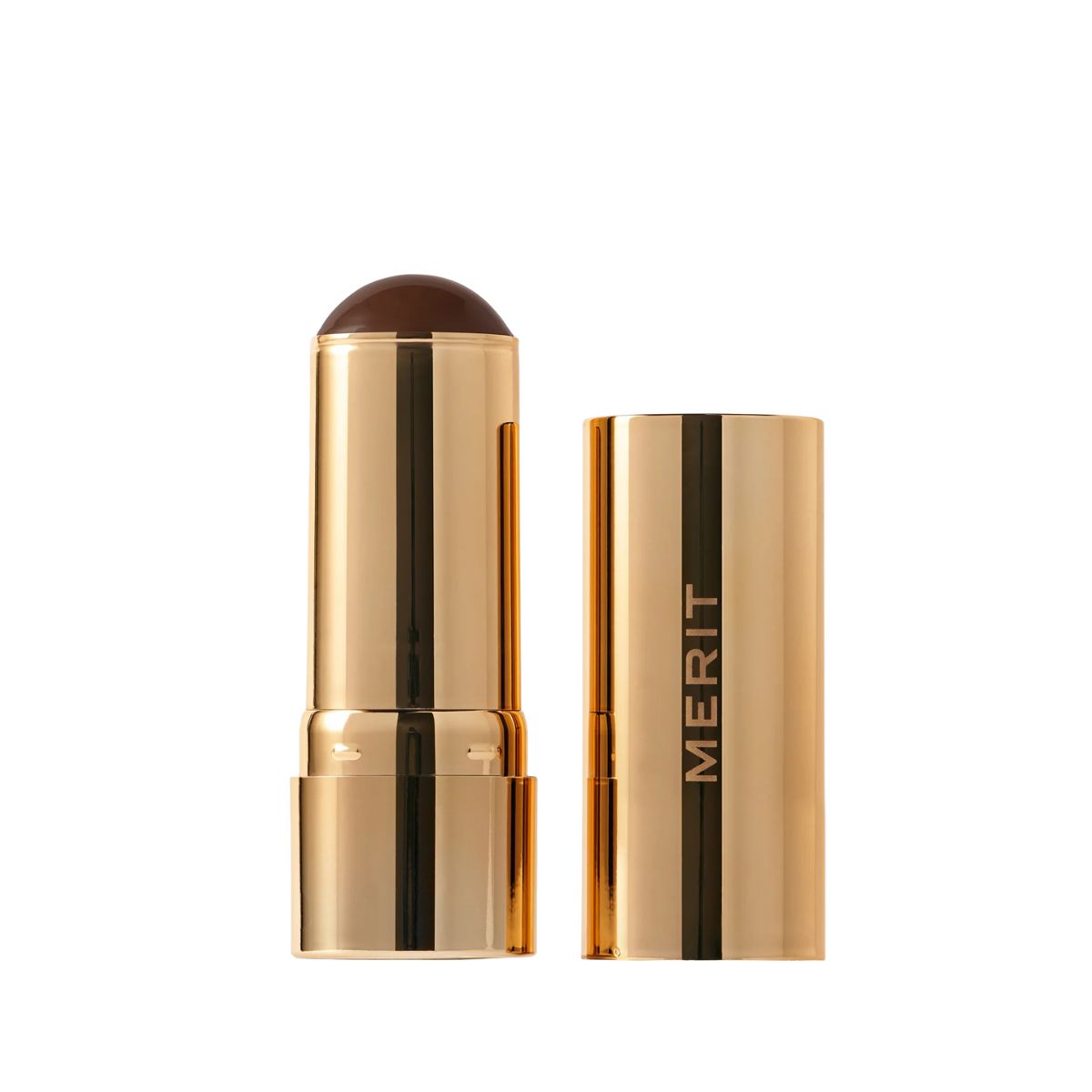
A great pick for total contouring beginners, and Grier's choice, thanks to it being "so easy and almost impossible to make mistakes with", Merit's Bronze Balm is the most effortless way to sculpt skin. It has a beautiful creamy balm texture that glides on seamlessly and blends out with just a swipe of the fingertips. Rather than sitting on top of the skin, it melts into delivering natural warmth and subtle structure that never looks harsh.

If you prefer a powder then Grier rates this one from Armani as it's "lightly pigmented and easy to build up for a boost of radiance". While you might worry about powders drying out mature skin, this one is ultra-fine and so soft that it almost feels like a cream when you're buffing it into skin. There's no risk of this settling into fine lines or dry patches, instead it's great for softly defining skin with extra longevity.

Charlotte Tilbury's iconic Hollywood wands are genius thanks to their all-in-one approach to makeup. The contour version has a cushion-tip applicator, which means it's foolproof to pat on the perfect amount of product, actually where you need it, to really add lift and definition along the jaw and beneath cheekbones. Plus, like all of Tilbury's products, you'll be left glowing.
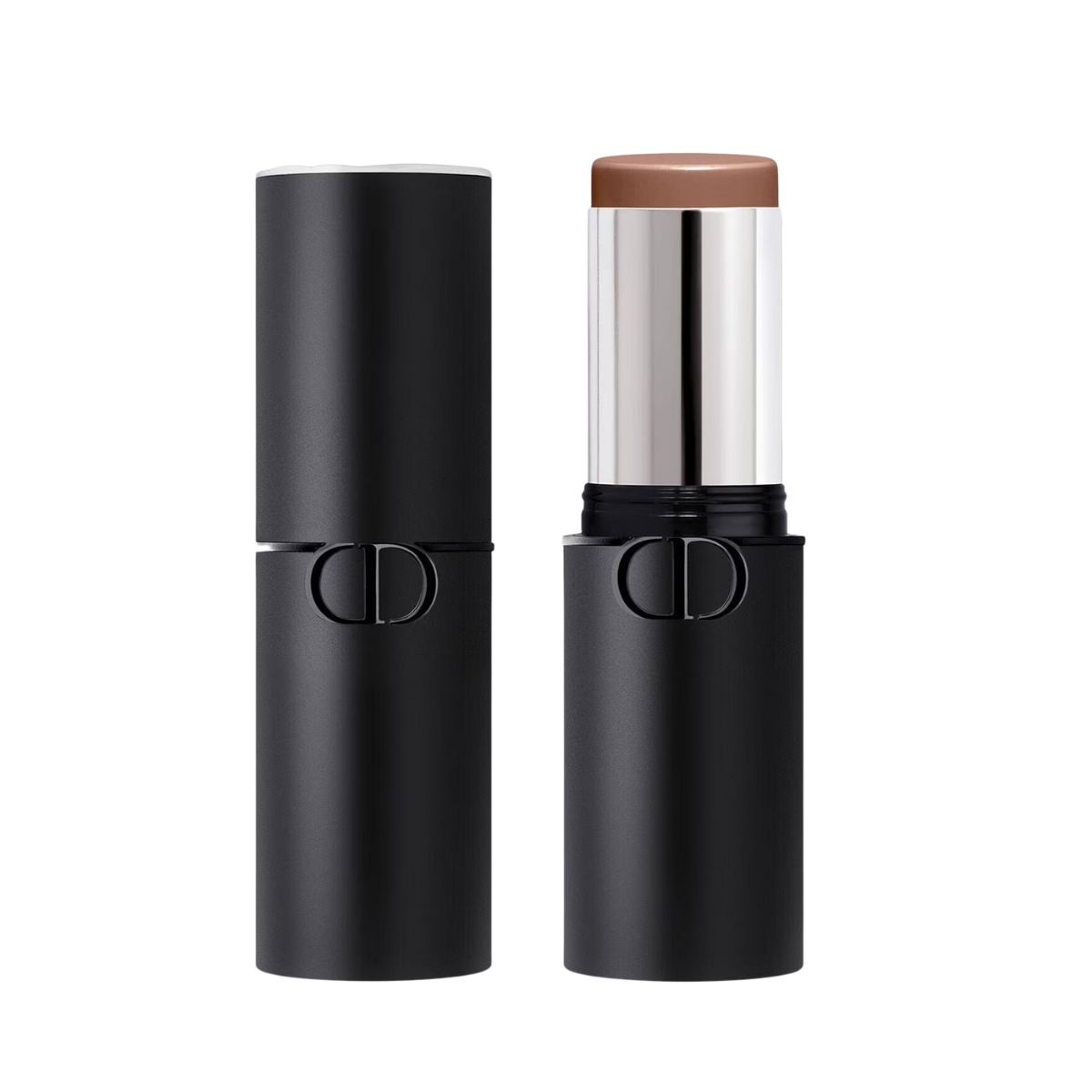
This glide-on stick feels beautifully luxurious when applied to the skin, with a versatile satin-matte finish that toes the line between adding structure and warmth to skin. If you do prefer more of a classic make-up look (a more full-coverage foundation, for instance), then this buildable cream stick will really work to add polish and refinement to the skin.
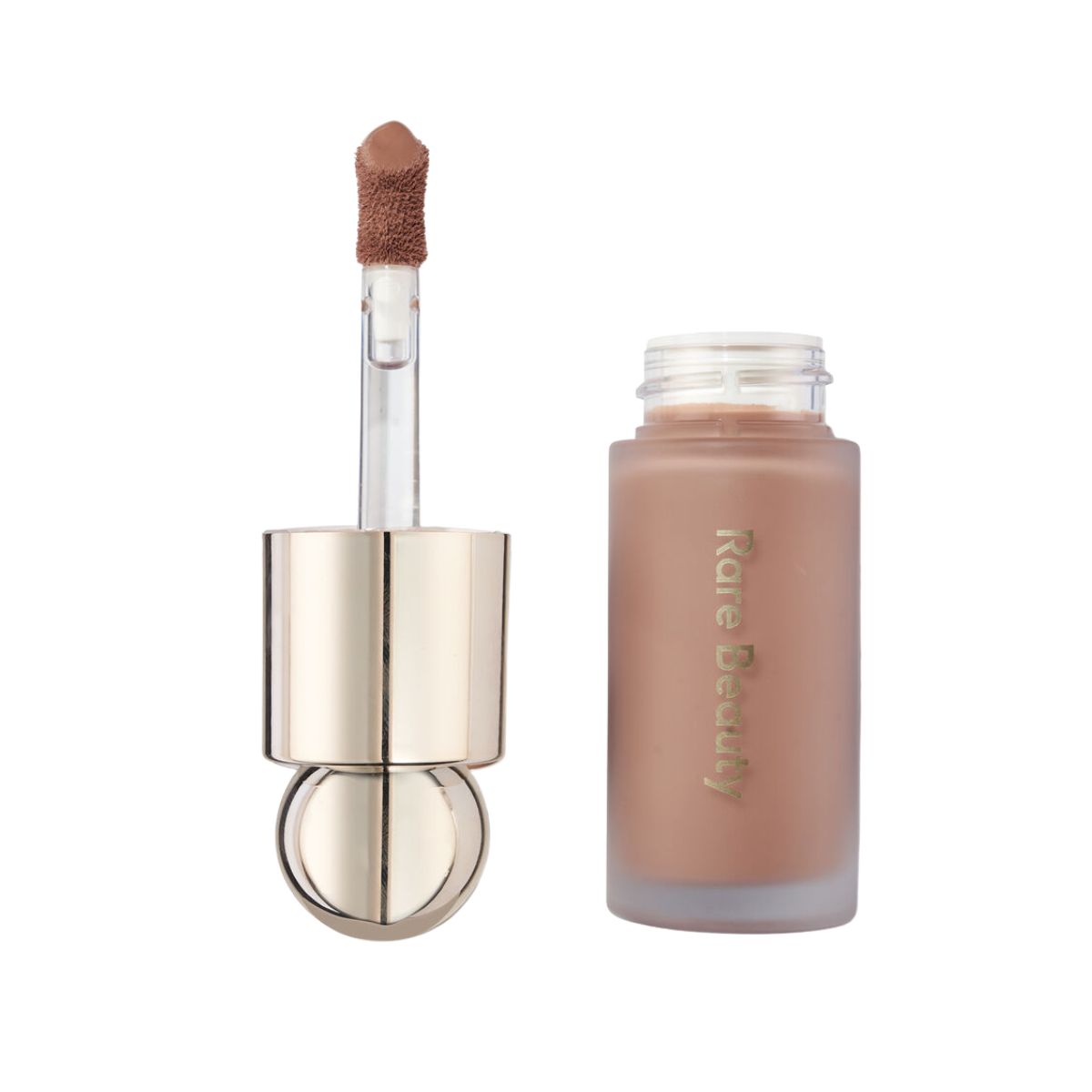
A modern approach to sculpting mature skin, Rare Beauty's Liquid Contour has a fluid and featherlight texture that melts into the skin with very little effort required on your part. Simply apply a few small dots on the temples, down the nose and along the cheekbones and pat in with your fingertips to add instant depth and glow to skin that's looking a bit flat.
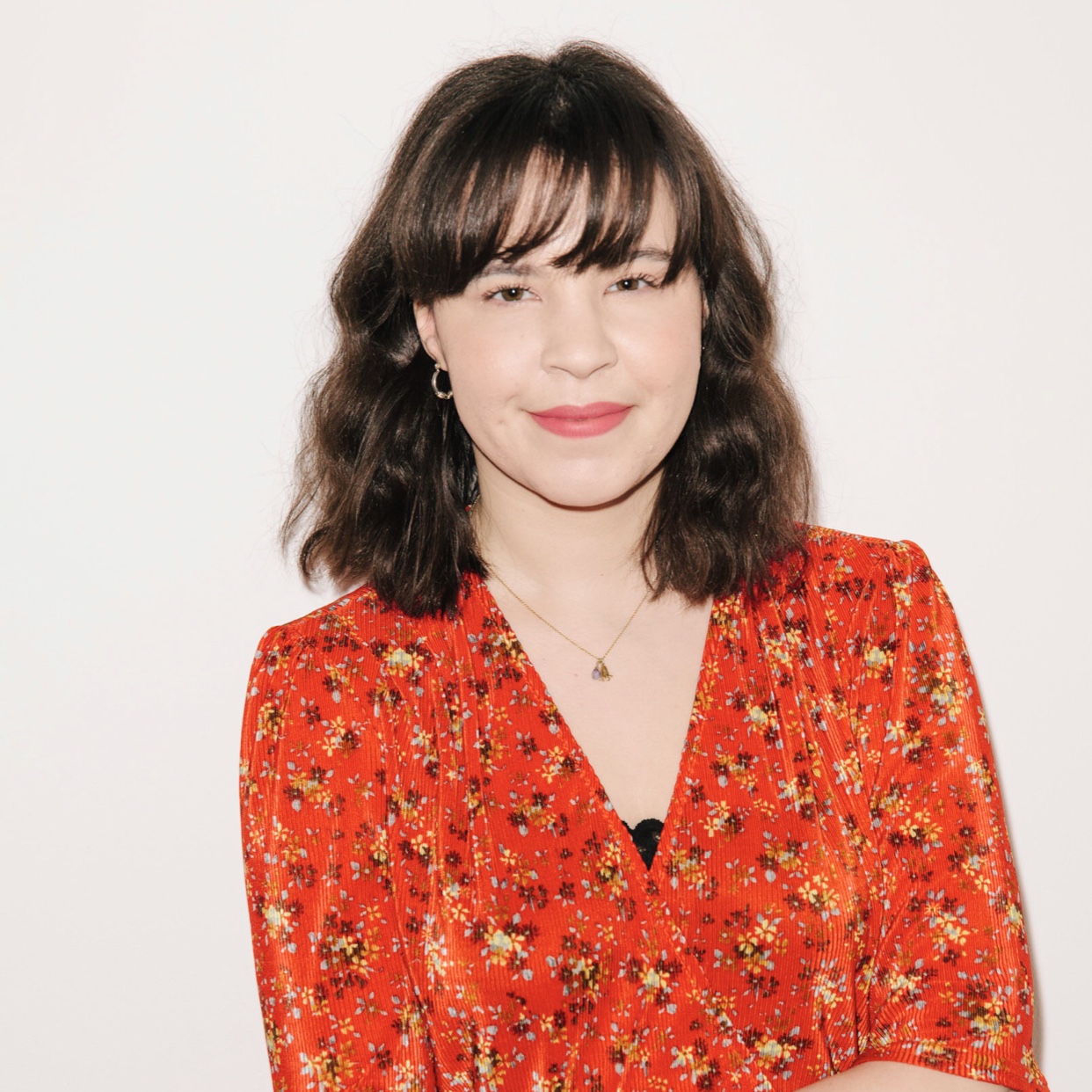
Mica Ricketts is a freelance beauty editor and contributor to Marie Claire. She has written for titles including Refinery29 and Who What Wear UK, and also works with beauty brands on content messaging and marketing copy. She was previously Who What Wear UK's beauty editor. As someone that has tried basically every acne product on the market, she has a particular passion for debunking skincare myths and finding products that work. Plus, with two small children at home she is all about time-saving beauty routines that boost glow and disguise dark circles.

